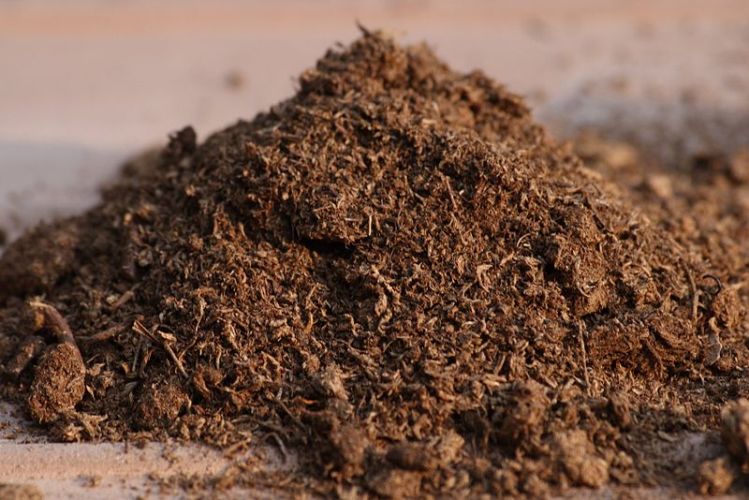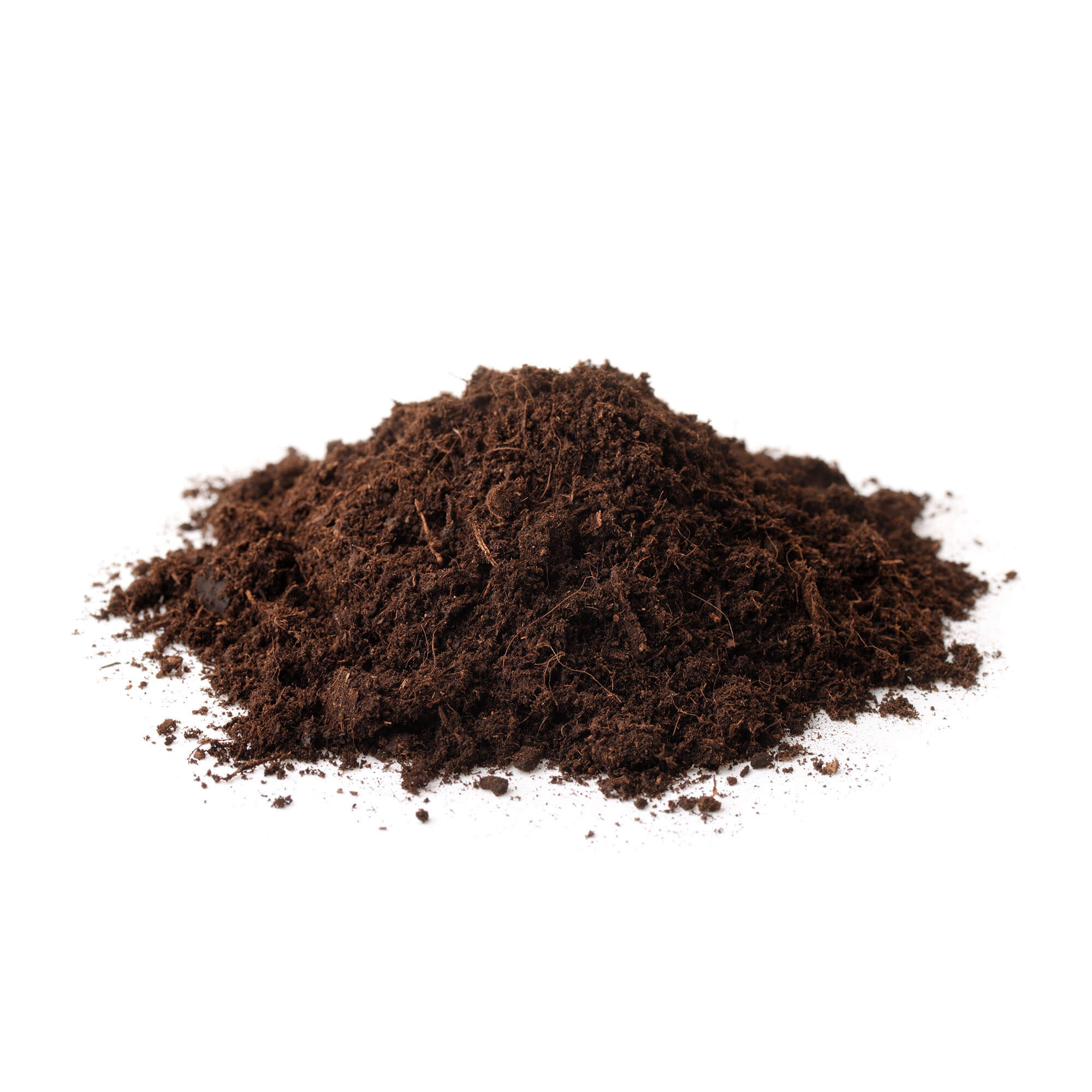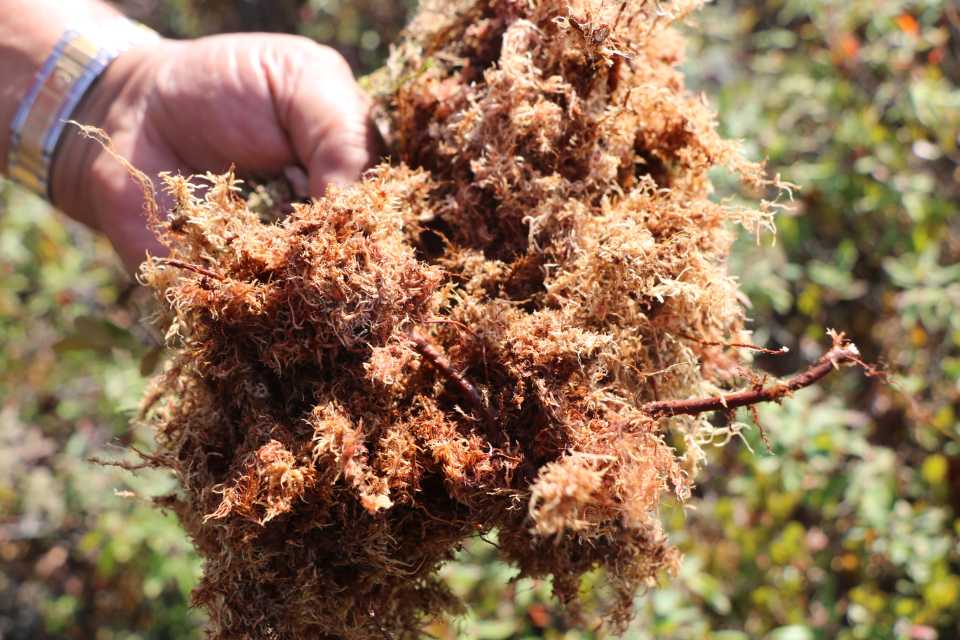

Protocols Media, moss lines and cultivationĪxenic Sphagnum strains are available from the International Moss Stock Center ( and published in Heck et al. Moreover, we provide protocols for protoplast isolation from protonemata, the first protocol for transformation of Sphagnum cells and protoplast regeneration without feeder cells. Here, we report on an efficient method for protonema induction, which works in different Sphagnum species, as well as long-term cultivation, preventing differentiation of gametophores, and allowing growth of homogenous, thalloid protonemata in suspension. So far, regeneration of Sphagnum protoplasts has been achieved only with a chlorophyll-free Solanum hybrid clone as feeder (Batra et al. This is laborious and contrary to other mosses, where protoplasts are isolated from protonemata as an “easier to handle” material, as protonemata are grown in suspension culture in different volumes (Hohe and Reski 2002 Schween et al. So far, protoplasts were isolated from gametophore apices of S. squarrosum had to be sub-cultivated regularly to prevent gametophore formation. Upon wounding, gametophores will eventually form thalloid protonemata, a method described in Zhao et al. 2021a, b), juvenile protonema tissue, from which the gametophores arise, is naturally formed only after spore germination (Clymo and Hayward 1982 Beike et al. While Sphagnum gametophores are easy to propagate (Beike et al.

2021b), the toolbox for working with Sphagnum mosses under axenic conditions is still small.

2021a) and cultivation techniques available (Batra et al. While there are a number of axenic Sphagnum laboratory strains (Heck et al.

As climate-critical plants, Sphagnum mosses have gained interest in recent years (Beike et al. Peat mosses of the genus Sphagnum comprise most of the biomass in northern peatlands, storing over 500 Gt of carbon, while covering only 3% of the earth’s land mass (Gorham 1991 Clymo et al.


 0 kommentar(er)
0 kommentar(er)
